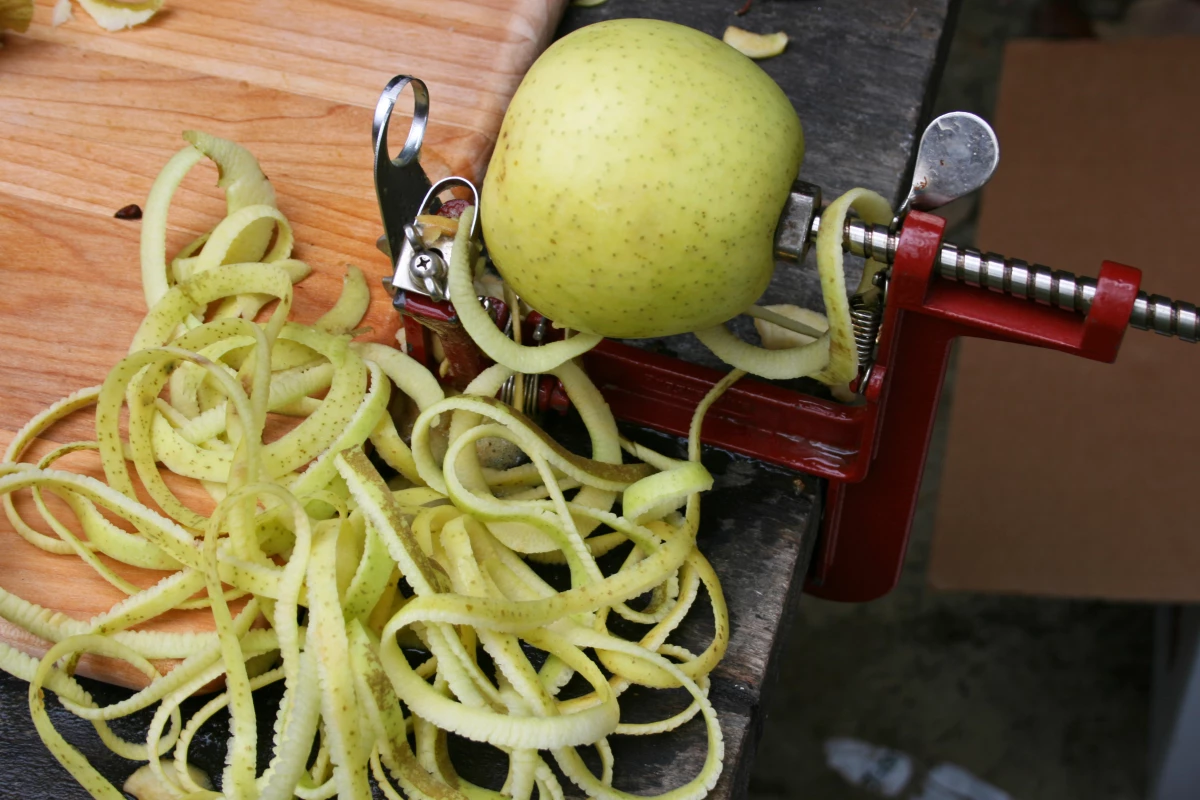Multiple sclerosis is an autoimmune disease that currently affects as many as one million Americans, according to the National Multiple Sclerosis Society. A new study has revealed how a compound found in fruit peels could potentially offer relief from the debilitating condition, with scientists using a purified form of it to halt and reverse some of the effects of MS in mice.
As MS takes hold in a patient, it leads the immune system to attack the protective sheaths made of myelin that surround nerve fibers, which in turn can cause severe and permanent nerve damage. As a disease of the brain and spinal cord, this can leave patients numb, weak and with a chance of becoming paralyzed, usually in the legs.
While there is no cure for MS, there are treatments designed to slow or halt its progression, with a number of recent research projects promising to further expand these options for sufferers. These include nanoparticles that trick the immune system, a synthetic molecule that helps restore damaged myelin, and new drugs that prevent the inflammation that goes with the disease.
In addition to these treatments, there is also a great deal of effort going into the development of therapies that can reverse the disease's effects. And this is where the authors of the new study have focused their attention, beginning with a natural compound found in fruit and vegetable peels called ursolic acid, which is already known for its beneficial effects through prior medical research.
The researchers worked with mouse models of multiple sclerosis engineered to develop the disease slowly over their lives in a similar way to humans. Day 12 is the point in the mice’s lives when they enter the acute phase of the disease and when currently available drugs would be used for treatment.
"Many experiments have looked at mice in the acute phase, when disease is just starting or at the peak," says Guang-Xian Zhang, co-senior author and Professor of Neuroscience at Thomas Jefferson University. "Instead, we tested whether this compound was effective in chronic disease, once there has already been chronic damage to tissues of central nervous system."
The scientists held off until day 60 to treat the mice with their lab-purified form of ursolic acid, when the disease was far more advanced and chronic tissue damage had taken hold in the brain and spinal cord. The team began to observe improvements in the mice following 20 days of treatment, and went on to treat the rodents for a period of 60 days in total. The mice that were paralyzed at the beginning of the experiment regained the ability to walk again, albeit without the same strength they had originally.
"It's not a cure, but if we see a similar response in people, it would represent a significant change in quality of life," says Dr. Zhang. "And most significantly, it's a reversal, which we really haven't seen before with other agents at such a late stage of disease."
The scientists examined the mechanics of the ursolic acid and how it interacted with the cells, finding that it inhibited an immune cell known to be a key driver of the autoimmune response in MS patients. Furthermore, it led precursor cells to mature into cells called oligodendrocytes, which in turn produce myelin that forms the protective sheath around the nerve fibers.
"This maturation effect is the most crucial," says Dr. Zhang. "Myelin-sheath-making oligodendrocytes are depleted in MS. And the stem cells that produce new oligodentrocytes are dormant and unable to mature. This compound helps activate those stem cells into making new oligodendrocytes, and is likely responsible for the reversal of symptoms we saw."
From here, the team will focus on testing the safety of the compound and to determine if it becomes toxic when administered in higher doses.
The research was published in the journal Proceedings of the National Academy of Sciences.
Source: Thomas Jefferson University via Medical Xpress




